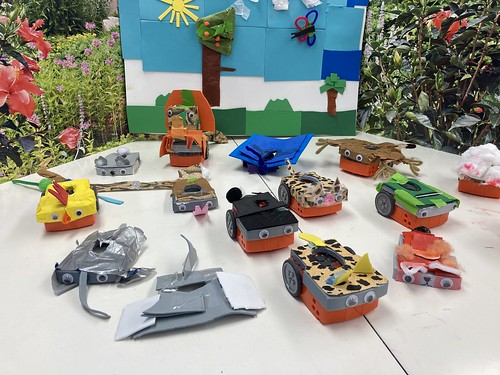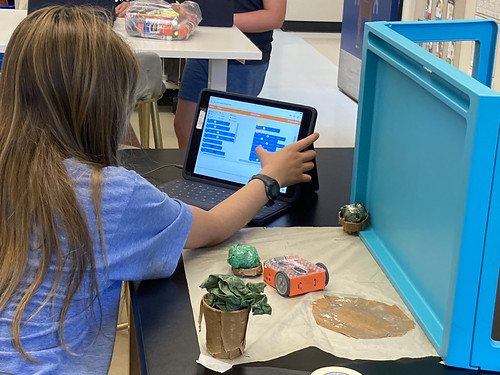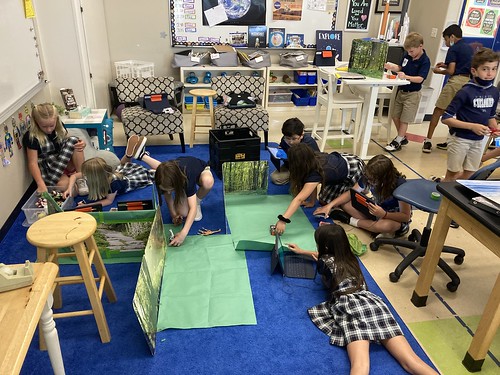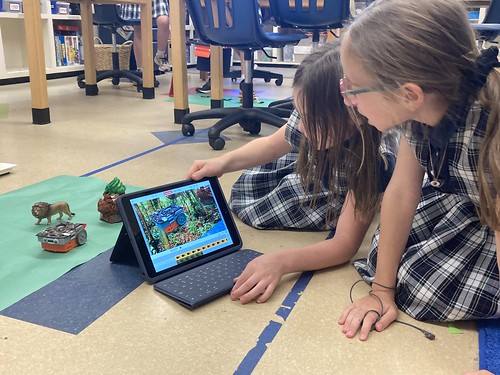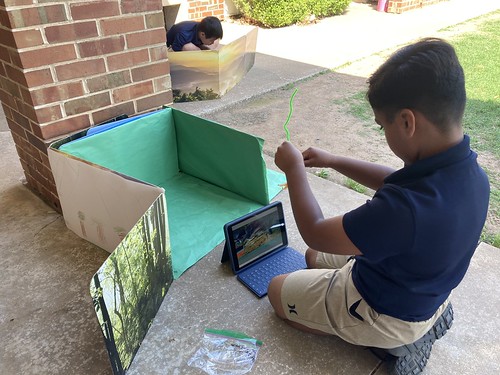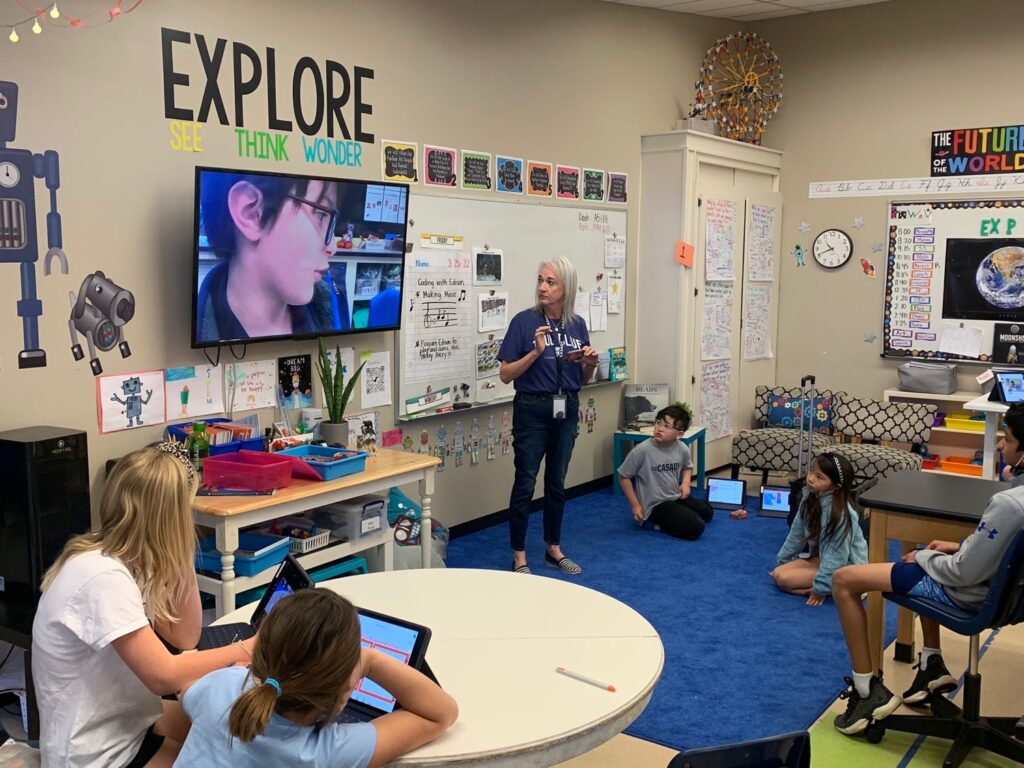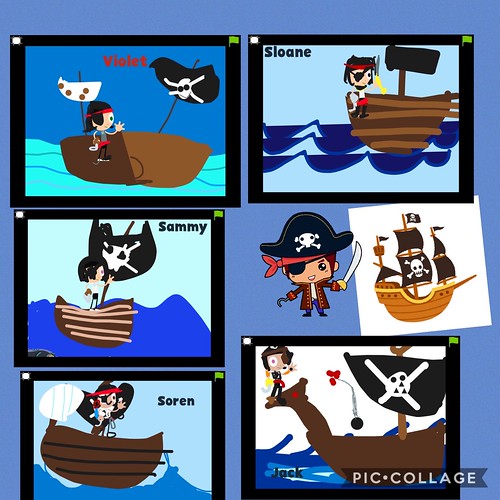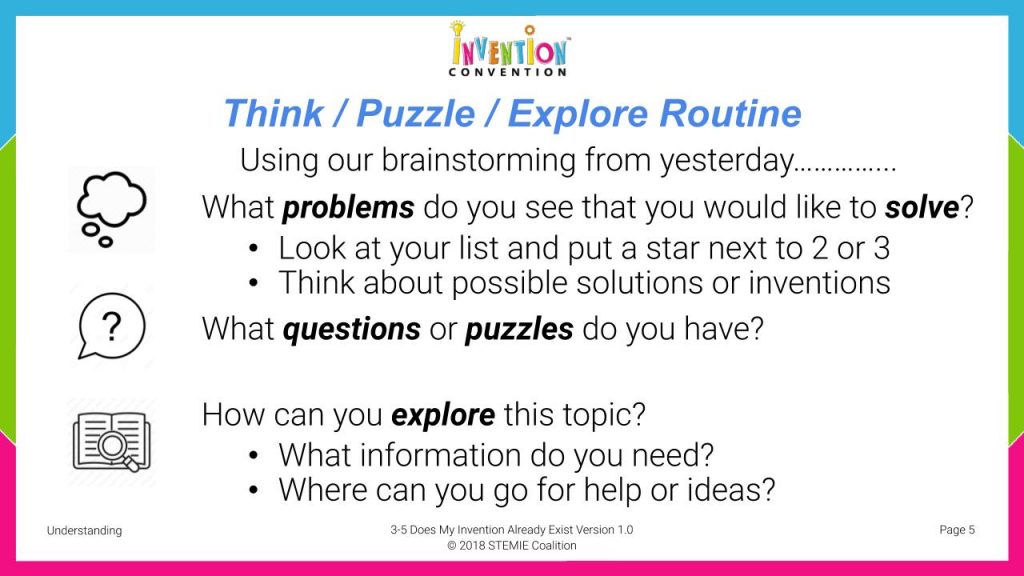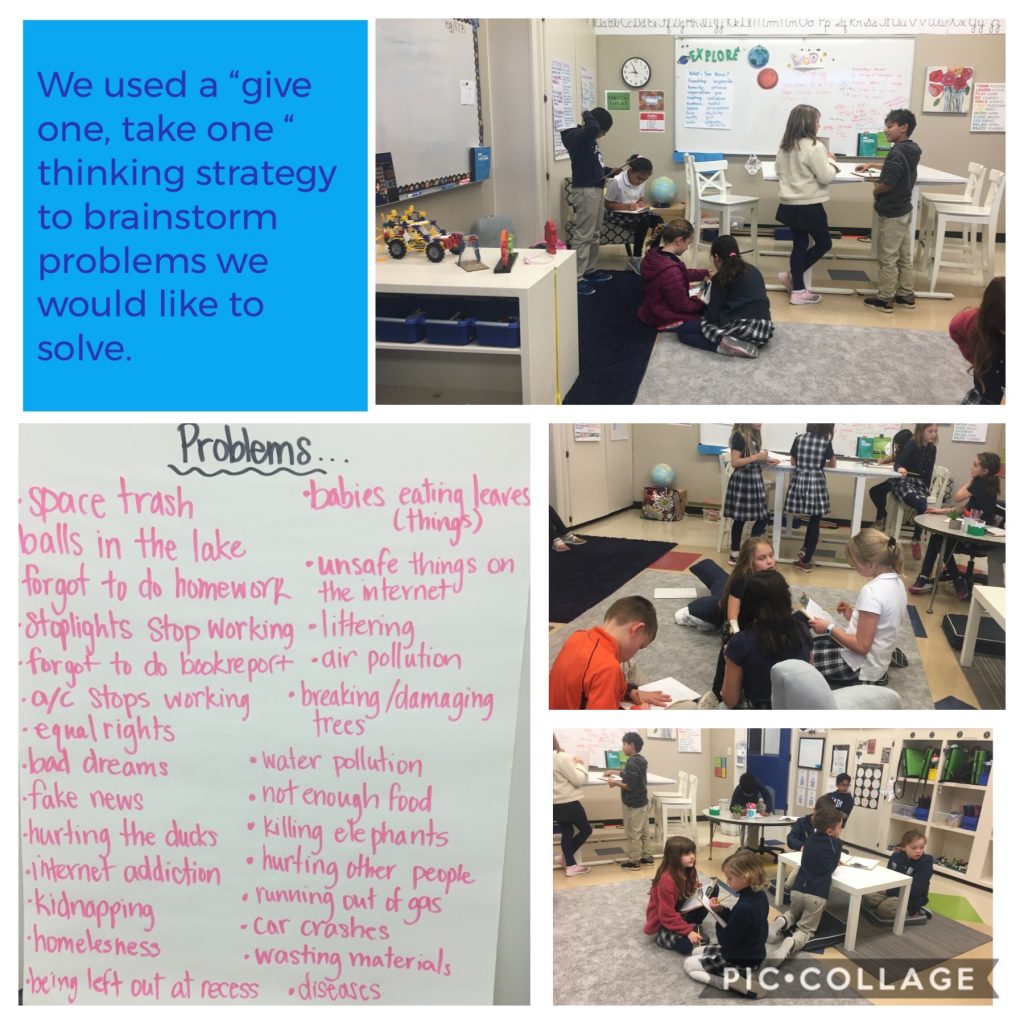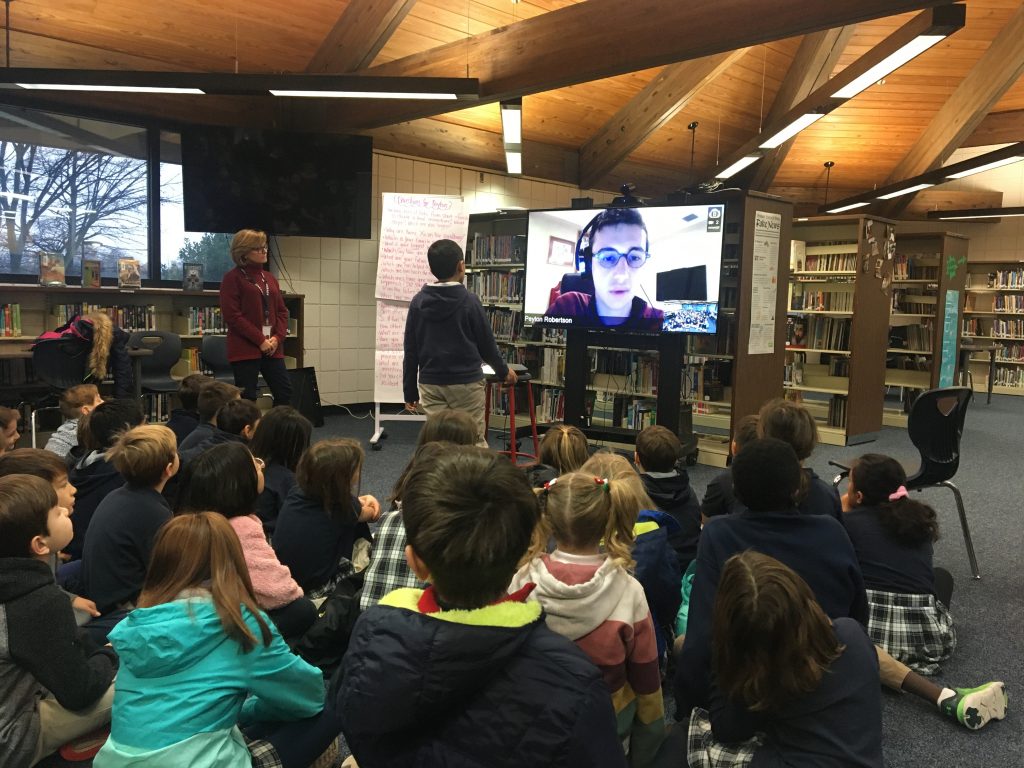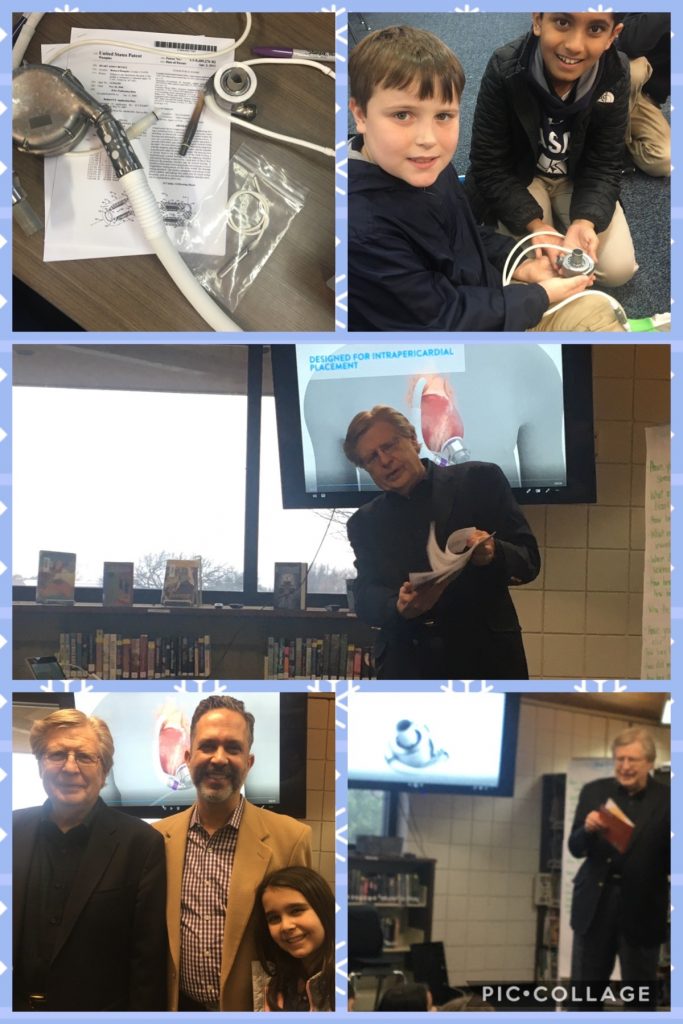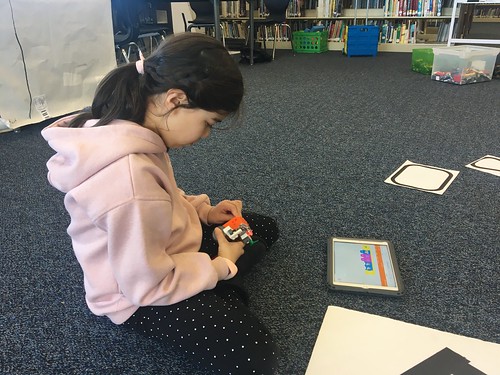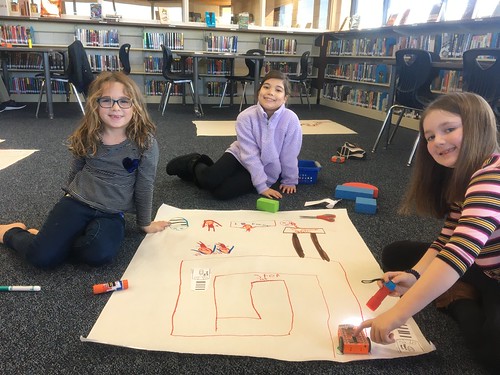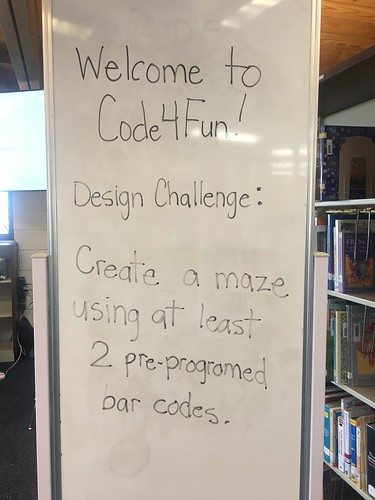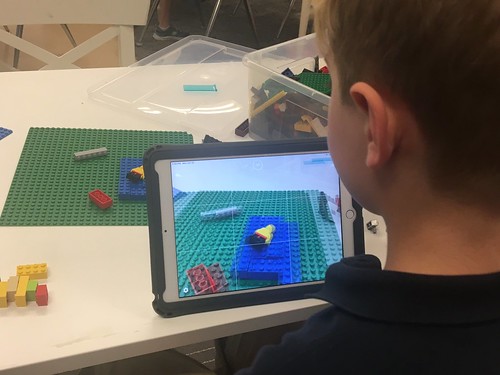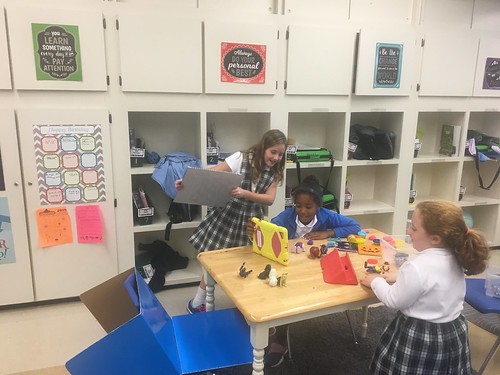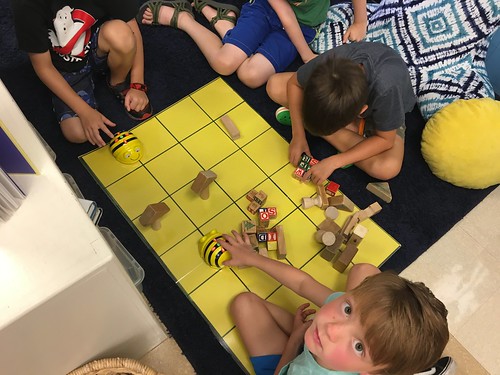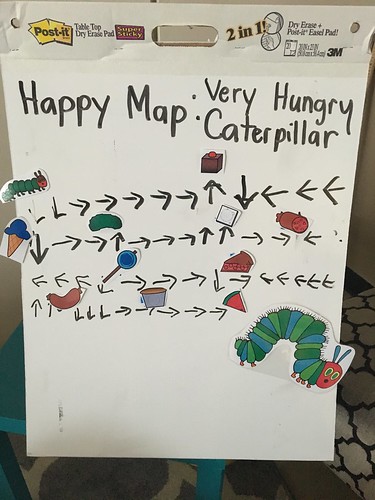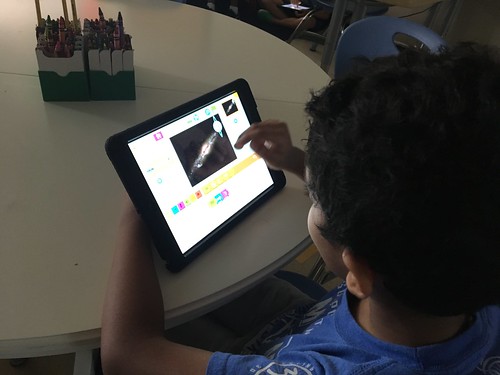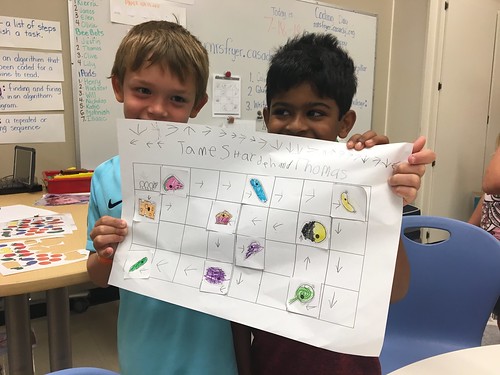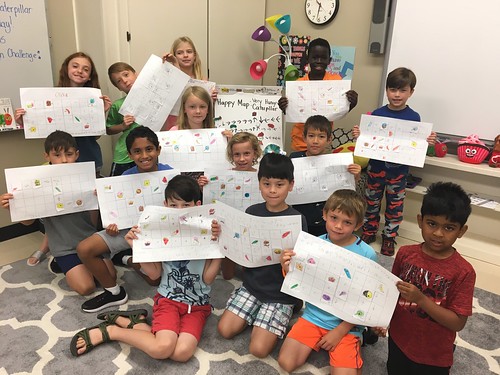I love science fiction and space exploration. Some of my earliest memories watching television were Star Trek episodes. In 4th grade growing up in Lubbock, Texas, I got a television for my own bedroom. It was small and black and white! That was around 1975. I remember watching Star Trek, staying up late, and the adventures of James T. Kirk and Spock. I always had a crush on Spock! (Leonard Nimoy) Back then, the statement that captivated my imagination was, “Going where no man has gone before!”
I can remember drawing pictures of the Star Trek Enterprise, and drawing lots of mazes with a friend at school, These were mazes which the Enterprise would have to navigate.
Fast forward 47 years, and I am a 5th grade teacher in Union County Public Schools, in North Carolina. I love teaching my students about space, Scratch coding, STEM and exploration! A couple weeks ago, we had a “science day” when all our teaching faculty dressed up as scientists. Many dressed up in white lab coats to look like Albert Einstein. I ordered a NASA astronaut jumpsuit from Amazon, and went to school that day as an Artemis astronaut scientist!

In addition to watching science fiction television and movies, I love reading science fiction. There are three books I’m either reading right now or want to read which have to do with science fiction and space exploration.
First, I am reading Mark Wagner’s (@markwagner) book, “Space Education: Preparing Students for Humanity’s Multi-Planet Future.”
In June 2022, Wes and I attended the Space Exploration Educator’s Conference (SEEC) in Houston, Texas, at the Johnson Space Center. We ran into Mark and learned about his book as well as his work for ARES Learning (@areslearning), The Space Prize (@thespaceprize), and The Kepler Space Institute (@keplerspaceinst). Wes and I are planning a summer professional development workshop for teachers which will be Space Camp / Artemis themed. I’m wondering if we could use Mark’s book as a centering point for the kind of learning, teaching, and pedagogy we love and want to promote in schools? The kind of learning I want to be a part of in “The School I Love!”
The next book I want to read is “Project Hail Mary” by Andy Weir. Weir is the author of “The Martian,” which is not only great book but also a fantastic movie adaptation with Matt Damon.
Since our son works for NASA as a robotics engineer and our daughter is headed to the Air Force Academy, wanting to study aerospace engineering for a career as an astronaut or in Space Force, I’m thinking we need to encourage both of them to read “Hail Mary” as well!
The third book on my reading list right now is “Space Case” by Stuart Gibbs. It’s the first book in his series, “Moon Base Alpha,” and we picked up a copy of it last weekend at a used book store in Charlotte. I want my students to be able to visualize our existence as humans away from planet earth, “off world.” What can and will our lives living away from our world look like and feel like?
This is “science fiction” because it has not happened yet, but we ARE in the process of moving into space and establishing permanent human colonies on our moon and Mars. This is just the beginning. I see my students as part of “The Artemis Generation.” Part of my role as an elementary teacher is helping spark their curiosity and imaginations, to see amazing possibilities for themselves and think about where they will go and what they will do as scientists, engineers, citizens and good humans.
A couple weeks ago, my students and I created this banner for our classroom with the tagline, “We Rise Together, Back to the Moon and BEYOND!” This the phrase the NASA commenter used at the moment the Artemis I rocket escaped the launchpad at Cape Canaveral. We all signed it together. “Together, we RISE!”


